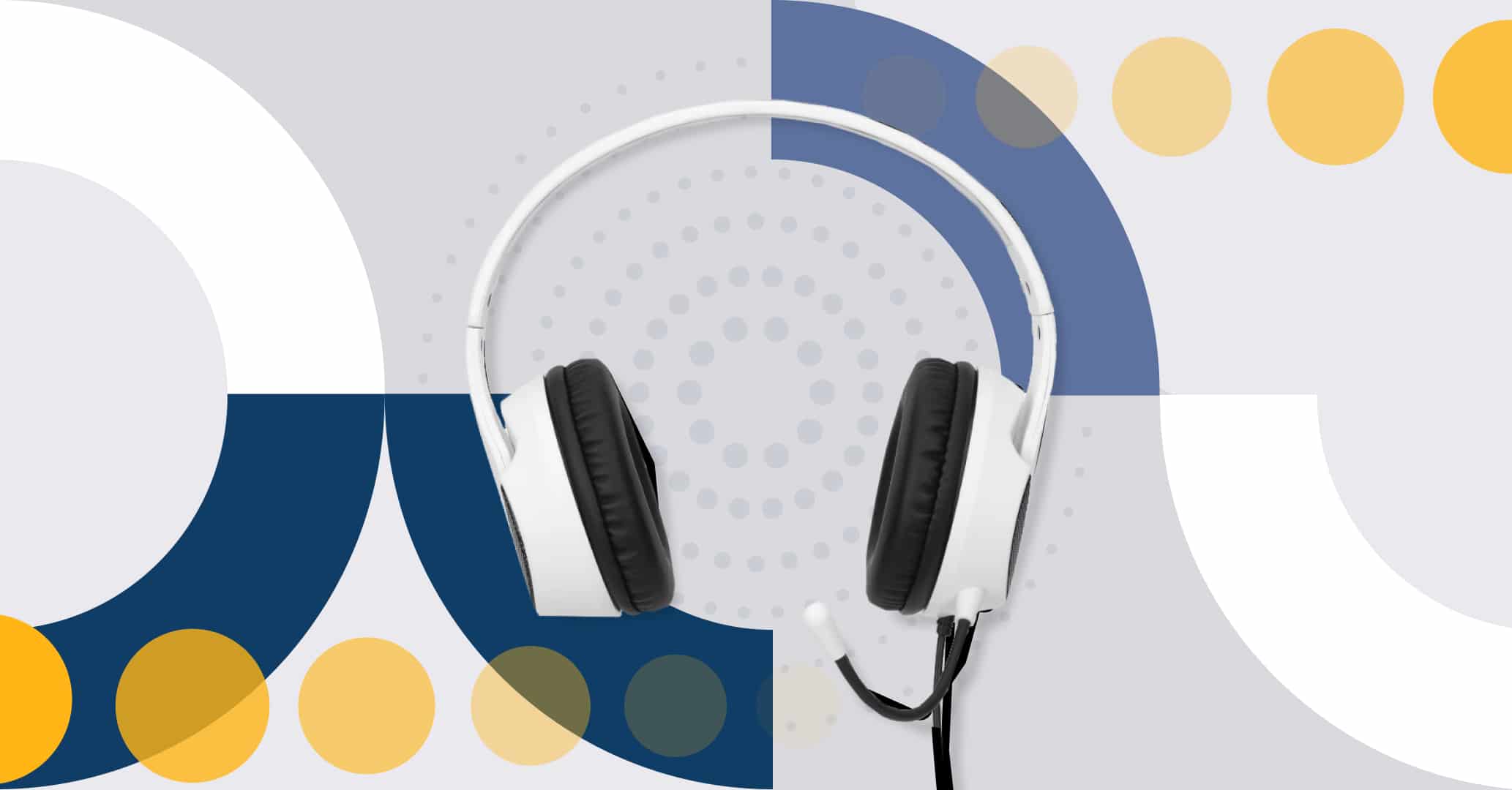Management metrics or indicators are quantifiable metrics that assess the business performance in many areas. They can evaluate business sales, operational efficiency, and customer satisfaction.
For example, management indicators like gross profit margin, new revenue rate, customer lifetime value (CLV), and time to market are widely used to assess business performance.
Management metrics are essential to measuring business success. They reflect the business’s current financial and operational health, help identify loopholes, and facilitate strategic decision-making.
In this guide, we will uncover all about management metrics, including their main characteristics, types, and other details.
Main Characteristics of Management Metrics
Management metrics help assess a business’s performance, but choosing the right metrics with specific characteristics is crucial. If we list the management metrics without considering characteristics, the list will become long, with no clear end.
Therefore, the important thing to consider is choosing the right set of metrics that hold specific characteristics. Some of the main characteristics a management metric should possess are as follows:
1. Measurable
A management indicator should be easy to measure and not require a complicated process to measure its outcomes. For example, instead of using a metric like “improve productivity,” you can use a metric like “increase output by 10% in the next quarter.”
2. Achievable
The targets in a management metric should be achievable. Achievable goals keep employees focused and avoid demotivation. For example, a metric like “reduce customer complaints by 15% by next quarter” is more achievable than a metric about “reduce customer complaints by over 90% by next year”.
3. Relevant
The management indicator should be relevant to the business’s objectives. If an indicator is not related to the objectives, it is unlikely to have a significant impact on the performance. For example, a manufacturing company is focused on production efficiency. So, the relevant metrics would be “units produced per hour” or “machine downtime percentage”, instead of “number of social media followers”.
4. Periodic
A management metric should be able to provide periodic insights. This helps to better monitor progress, increases the investors’ confidence, and leads to consistency in decision-making. For example, monitoring the “sales metrics” every month/quarter will help the business know about its sales and identify trends.
5. Comparable
A management indicator should be comparable. Comparability helps to track the business progress against that metric or industry benchmarks. For example, a company may compare the “customer acquisition cost” with industry standards to determine the efficiency of marketing efforts.
What Does a Management Indicator Measure?
A management indicator can measure different performance aspects of a business. It mainly depends on the indicator’s nature and the performance areas it is tracking.
For example, indicators related to customers can track customer acquisition costs, satisfaction, or retention. Similarly, indicators related to financial management can track sales performance, revenue growth, profit margins, and more.
In short, what management metrics can measure depends on their nature and what quantifiable value they deliver. Explore the example: Performance metrics in purchase management
Types of Indicators
There are different types of indicators, each of which focuses on a particular area of management. Below are six management indicators that are essential for every company:
1. Financial Indicators
Financial indicators focus on the company’s economic performance. Some of the important financial indicators include:
- Net Profit – Indicates the overall business financial health and efficiency by measuring the profitability after all expenses.
- Total Revenue – Indicates the market demand and growth trajectory by measuring total income from sales of products/services.
- EBITDA (Earnings Before Interest, Tax, Depreciation, and Amortization) – Indicates the company’s operating performance without considering non-operational expenses.
In short, financial indicators are all about reflecting different financial aspects of the company.
2. Productivity Indicators
Productivity indicators measure the amount of work performed compared to time and cost. They may include:
- Units produced per hour
- Revenue per hour of work.
In short, productivity management indicators are used when a company wants to measure the efficiency of product processes and employees.
3. Quality Indicators
Quality indicators focus on the quality of the product or service delivered to the customer. They may include:
- Number of refunds
- Number of defective products
- Complaints rate
- Percentage of satisfied customers
In short, quality indicators help to ensure that products/services meet customer expectations.
4. Customer Satisfaction Indicators
Customer satisfaction indicators measure the level of customer satisfaction with the product or service being delivered. They may include:
- Number of repeat customers
- Customer satisfaction index (CSAT)
- Net promoter score (NPS)
In short, customer satisfaction indicators are useful for seeing how customers feel about the product.
5. Operational Efficiency Indicators
Operational efficiency indicators measure how well the company is executing its operations. Some of these indicators include:
- Turnaround time – time to complete the process or deliver a product.
- Cost per unit
In short, operational efficiency indicators evaluate the business operations and reflect the top and poor-performing areas.
6. Employee Performance Indicators
Employee performance indicators measure employee performance, productivity, satisfaction, and other elements. It may include:
- Employee turnover rate
- Employee satisfaction
- Employee productivity
In short, all the management metrics that reflect employee performance are of this type.
Who Should be Responsible for Measuring?
Now that we have clarified the basics and importance of management metrics, the next question is: who is responsible for defining and measuring those metrics?
Just like there are varying management metrics, there are multiple people responsible for defining and measuring those metrics. These include:
KPI Owners
Key Performance Indicator (KPI) owners are dedicated professionals who ensure the successful achievement of specific metrics. They have the authority and accountability to define, monitor, and report KPIs. They communicate the metrics to relevant stakeholders and are also responsible for improving the performance of those KPIs.
Project Managers
Project managers are also responsible for tracking project metrics. They can define the relevant metrics and then measure them throughout the project’s duration. These metrics can be related to tracking project timelines, budgets, etc.
Performance Management Team
Some organizations have dedicated teams to oversee performance management. These teams can define management metrics for different purposes, ensure they are applied, and measure them regularly.
Team Leaders
Team leaders of different teams can measure the relevant management metrics. For example, a team leader in customer support can measure customer satisfaction, while a team leader in sales can track sales performance and conversion rate.
3 Reasons to Start Using Management Metrics
From what has been said so far, we can conclude that: what cannot be measured cannot be controlled.
Why you should start using management metrics is evident from the below main reasons:
1. Provide Key Information for the Company
Management metrics offer key information for the company that helps leaders make data-driven decisions. Furthermore, they help identify trends and patterns over time. Moreover, higher management can also benchmark their performance against competitors or industry standards.
2. Measure Objectives and Goals
Management metrics are an excellent way to measure objectives and goals. They make it easy to track progress against specific targets. Furthermore, they help make teams and individuals accountable for their performance.
3. Improve Internal Performance and Customer Service
Management metrics help optimize internal performance. When teams have insightful performance data, it helps identify bottlenecks and improve operational efficiency. Moreover, customer-related metrics can provide insights about customer experience, which helps improve service quality and improve customer satisfaction/loyalty.
What is a Management Indicator Matrix?
A management indicator matrix is a tool to organize and track key performance indicators (KPIs) and other metrics within an organization. It aligns the indicators with the organization’s strategic objectives. It is used to evaluate the performance of an organization or a particular process.
The key elements of the management indicator matrix include:
- Structured & Systematic Organization: It provides a structured format for organizing all indicators, with proper details on their purpose and links to specific goals/objectives.
- Categorization: It categorizes indicators based on different parameters, like financial performance, customer satisfaction, operational efficiency, process performance, employee engagement, and more.
- Data Collection and Analysis: It provides details about data sources, collection methods/frequency, and analysis.
- Accountability: It assigns responsibilities to individuals or teams for every indicator.
In short, a management indicator matrix is a systematic organization of all KPIs that helps the organization track its performance over time in a structured way.
Conclusion
Management metrics are all about using quantifiable indicators to evaluate business performance and remain proactive in optimizing operational efficiency and customer satisfaction. They are the key to keeping the company’s management focused on improving business performance with reliable indicators.
So, this guide will wrap up by recommending organizations to shortlist the essential management indicators and monitor them regularly to optimize performance, sales, and customer retention. Try Qflow now!






